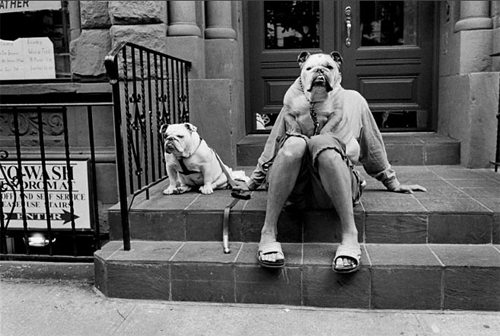Facts About Street Photographers Revealed
Facts About Street Photographers Revealed
Blog Article
Facts About Street Photographers Revealed
Table of ContentsStreet Photographers Fundamentals ExplainedExcitement About Street PhotographersStreet Photographers Fundamentals ExplainedExcitement About Street Photographers5 Easy Facts About Street Photographers Shown
Street digital photographers do not necessarily have a social purpose in mind, yet they prefer to separate and record moments which may otherwise go undetected.He was affected by several of those that influenced the street digital photographers of the 1950s and '60s, he was not chiefly interested in recording the spirit of the road. The impulse to aesthetically record people in public began with 19th-century painters such as Edgar Degas, douard Manet, and Henri de Toulouse-Lautrec, who worked side by side with professional photographers trying to capture the essence of metropolitan life.
In contrast to Atget, professional photographer Charles Marville was hired by the city of Paris to develop an encyclopaedic file of Haussmann's urban preparation task as it unfolded, thus old and new Paris. While the digital photographers' subject was basically the exact same, the outcomes were markedly various, demonstrating the impact of the photographer's intent on the character of the images he produced.
Given the great top quality of his photographs and the breadth of product, architects and musicians frequently acquired Atget's prints to utilize as referral for their very own job, though business passions were barely his primary inspiration. Rather, he was driven to photo every last residue of the Paris he liked.
Getting The Street Photographers To Work
They disclose the city through his eyes. His work and essential understanding of photography as an art form acted as ideas to generations of digital photographers that adhered to. The future generation of street digital photographers, though they likely did not refer to themselves as such, was ushered in by the photojournalism of Hungarian-born photographer Andr Kertsz.
Unlike his peers, Brassa used a larger-format Voigtlnder electronic camera with a much longer exposure time, forcing him to be much more computed and thoughtful in his method than he might have been if using a Leica.
Cartier-Bresson was a champion of the Leica electronic camera and one of the first digital photographers to maximize its abilities. The Leica allowed the photographer to communicate with the environments and to record moments as they occurred. Its fairly tiny dimension likewise assisted the professional photographer discolor into the history, which was Cartier-Bresson's favored strategy.
The Buzz on Street Photographers
It is due to this fundamental understanding of the art of image taking that he is usually credited with discovering the tool all over once more roughly a century considering that its creation. He took photographs for greater than a half century and influenced generations of professional photographers to trust their eye and instinct in the moment.
These are the useful reference questions I shall attempt to address: And after that I'll leave you with my very own interpretation of road digital photography. Yes, we do. Let's begin with defining what an interpretation is: According to (Street Photographers) it is: "The act of specifying, or of making something precise, distinctive, or clear"
No, absolutely not. The term is both limiting and misdirecting. Appears like a street digital photography ought to be images of a streets best?! And all street photographers, besides a tiny number of outright beginners, important site will fully appreciate that a road is not the crucial component to road digital photography, and actually if it's a photo of a road with possibly find out here now a couple of monotonous people doing nothing of rate of interest, that's not road photography that's a snapshot of a street.
The Single Strategy To Use For Street Photographers
He makes a valid point do not you think? Nonetheless, while I agree with him I'm unsure "honest public digital photography" will catch on (although I do sort of like the term "honest photography") since "street photography" has been around for a lengthy time, with several masters' names affixed to it, so I think the term is below to remain.
You can shoot at the coastline, at a festival, in an alley, in a park, in a piazza, in a coffee shop, at a gallery or art gallery, in a metro station, at an event, on a bridge, under a bridge ...
Yes, I'm afraid we have no choice! Without rules we can not have a definition, and without a definition we do not have a style, and without a style we do not have anything to define what we do, and so we are stuck in a "guidelines meaning category" loophole!
Unknown Facts About Street Photographers

Report this page